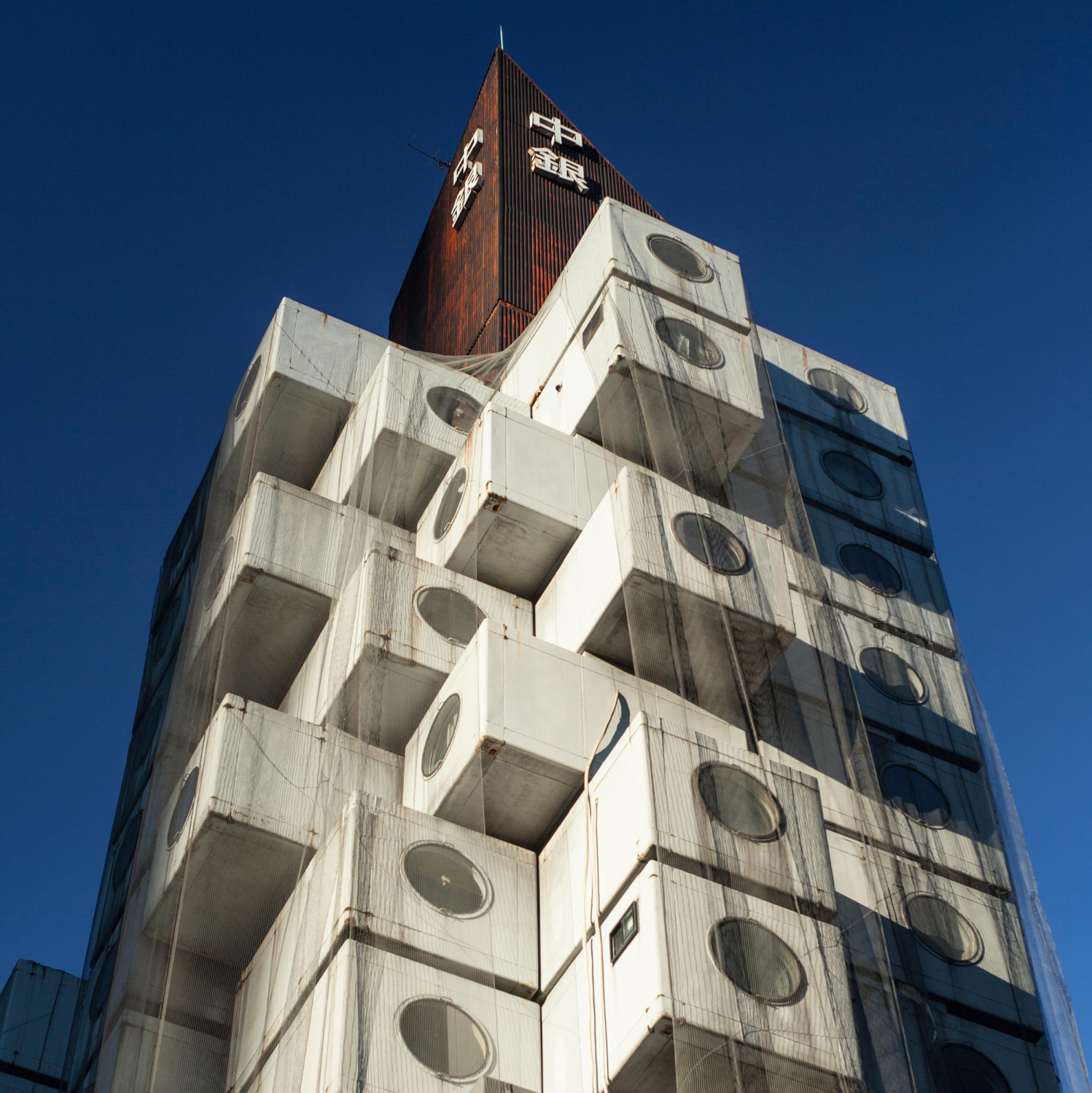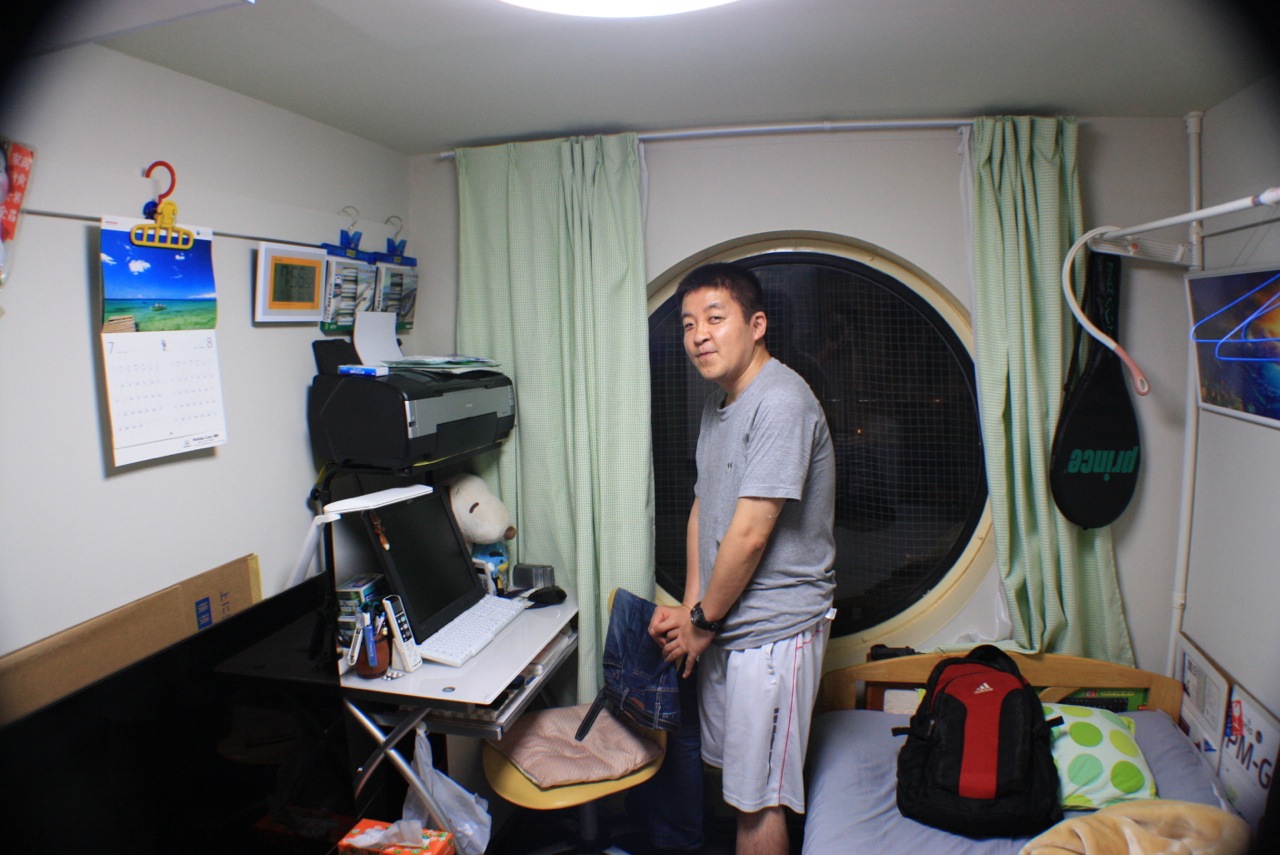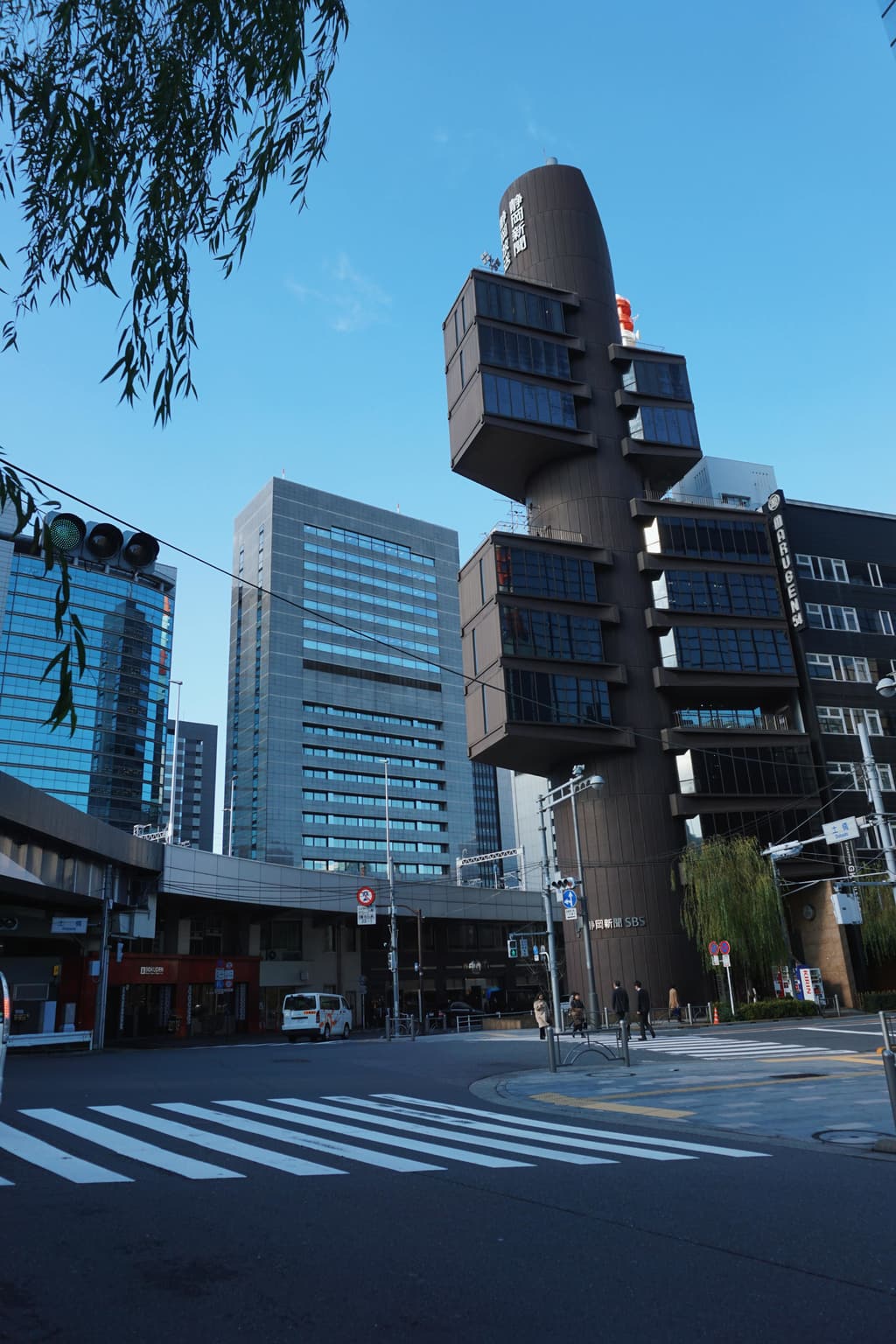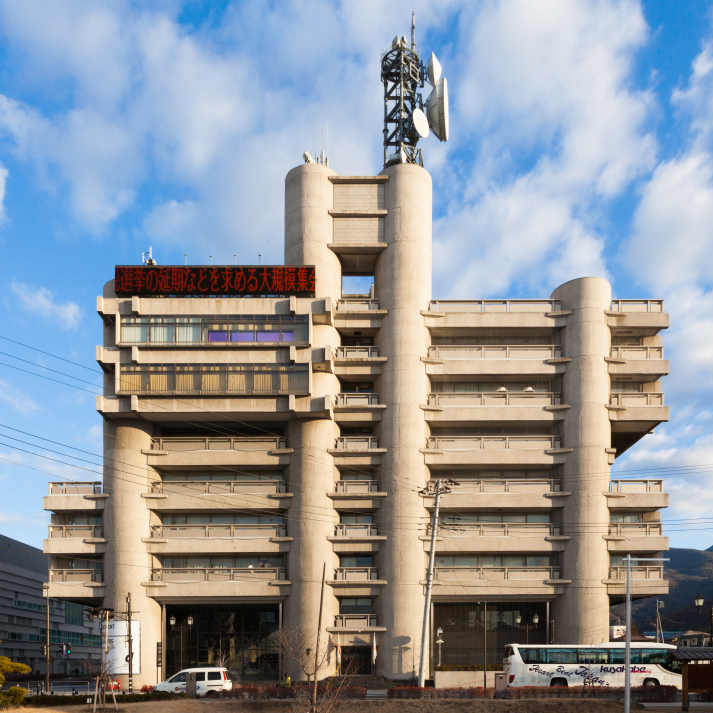A Breathing Building – The Rise and Fall of Metabolism
Metabolism is the name of the group, in which each member proposes further designs of our coming world through his concrete designs and illustrations. We regard human society as a vital process - a continuous development from atom to nebula. The reason why we use such a biological word, metabolism, is that we believe design and technology should be a denotation of human society. We are not going to accept metabolism as a natural process, but try to encourage active metabolic development of our society through our proposals.
The quote above is excerpted from Metabolism: The Proposals for New Urbanism that was published at the World Design Conference 1960 in Tokyo, Japan. They envisioned the fluidity and mutation of a building will adapt to a ever-changing world, conforming to the various needs of the inhabitants. Now more than half a century later, as poetic as the idea seems, it never made its way to the mainstream. In April 2022, Nakagin Capsule Tower, the iconic building birthed from the Metabolism movement, is dismantled, leaving designers and architects around the world much in dismay. In this post, I want to introduce the Metabolism movement to your and its failed yet impactful mission in the world of architecture and design.
Nakagin Capsule Tower
It is something that you simply don‘t look away from. Hundreds of white capsules with a glass window, interlaced with each other, all plugged into two cores. It was designed by Kisho Kurokawa, one of the founders of metabolism movement, and located in Ginza, Tokyo. The dark cores at the center are like the spine, which carries the elevators, electricity, and pipelines. The capsules around the cores are like the limbers, which were supposed to be small offices and pieds-à-terre (temporary residence for work) for the white collars working in Tokyo. The capsules are designed to be replaced every 25 years, which integrates a bathroom, a TV, a radio, and a fridge. As time passes, the capsules wouldl be replaced by newer ones, furnished with better appliances, so that the building lives on.


The reality is never goes well with the plan. Until its destruction, none of the capsules are replaced due to the exhorbitant costs of replacement. Some capsules suffered from water leakage and became deserted; more than half of the capsules are abandoned and sealed (Failed Architecture). Even the capsules that got renovated do not seem to be endurable, more like an expediency for the time being. There were efforts made to perserve the building for the future: in 2006, proponents for the Nakagin raised 2 million Yen to continue operating the building; later, the building opened its door to Airbnb, hotels, and Artists-in-Residence program, trying to resusitate the physically dying building. However, none of it could reverse its fate: after Kurokawa died, the property was purchased by a company, who subsequently decided to dismantle the building at residents’ demand to build a modern residential complex on the land.
Looking Beyond
Of course, metabolism does not limit itself in this one building. The image below is the Shizuoka Press and Broadcasting Center, not too far away from the Nakagin Tower. Like Nakagin, it is designed to be a modular building but never actually mutated (Tokyo Weekender).

Another less-known example is the Yamanashi Press and Broadcasting Center designed by Kenzo Tange. It is actually the only one that was able to grow in size like a metabollic creature.

Looking back, the idea of compartmentalizing the buildings may be too avant-garde in terms of technical capabilities. However, the idea behind its design is nevertheless provoking: how we could make buildings breathe, grow, and evolve? This a question that designers, architects, and inhabitants will continue to ponder in the forseeable future. I will end with some amazing and fantasized concept arts called Nakagin Capsule Memories Project by abdz.do.
References
Kenzo Tange, Yamanashi Press and Broadcasting Center, https://www.sosbrutalism.org/cms/15889395
Failed Architecture, Nakagin Capsule Tower, https://failedarchitecture.com/nakagin-capsule-tower-shimbashi-tokyo/
A Year in the Metabilist Future of 1972, firsthand account of two Portugese designer living in Nakagin Capsule Tower, https://failedarchitecture.com/a-year-in-the-metabolist-future-of-1972/
John Barr Architects, Yamanashi Press and Broadcasting Center, https://www.johnbarrarchitect.com/post/do-co-mo-mo-japan-21-yamanashi-press-and-broadcasting-centre-kenzo-tange
Tokyo Weekender, Metabolism: Exploring the Unrealized Future of Japansese Architecture, https://www.tokyoweekender.com/2020/04/metabolism-exploring-unrealized-future-japanese-architecture/
Nakagin Capsule Memories, abdz.do, https://abduzeedo.com/nakagin-capsule-memories
1972, a photographic project trying to document the rooms in Nakagin Capsule Tower, https://www.noritakaminami.com/#1